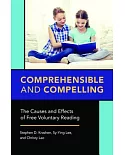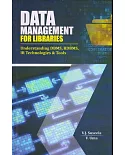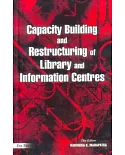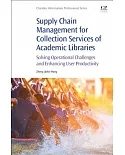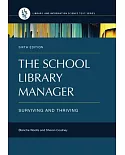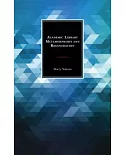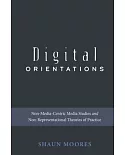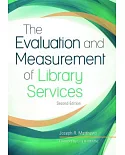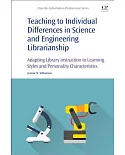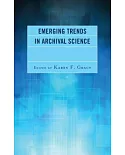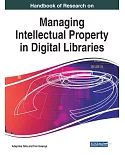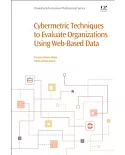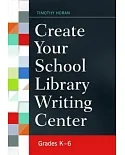A College Board survey reports that a student’s average costs of textbooks for a year at a public four-year university is nearly $1,300. Equally worrisome is another study’s finding that
two-thirds of students will skip using a textbook because of the cost. By offering and spotlighting affordable course materials, academic libraries can prove their value while helping to create
a more equitable learning experience for students. In this book, the Association for Library Collections & Technical Services (ALCTS) has gathered its members’ expertise to describe
affordable text initiatives that promise to improve student learning and student retention. Topics covered include surprising findings on the most expensive courses for textbook requirements; a
case study showing how LSU abandoned DDA, established requirements for e-books collections, and boosted usage to 17,000 unique titles accessed; ways to build on existing procedures and
relationships of print reserves to develop e-book collections for courses; how to work productively with campus bookstores; analysis of library programs that offered grants to faculty for
developing course texts at UCLA, North Carolina State University, and the University of Southern Mississippi; creating a textbook database so faculty can discover potential textbooks the
library already has or could purchase in e-book format; measuring textbook usage through COUNTER reports or course reserve systems; and ideas for partnering with campus instructional technology
and distance ed units.This valuable book demonstrates how librarians can use their collection, licensing, and faculty outreach know-how to help students and their instructors address
skyrocketing textbook prices.


